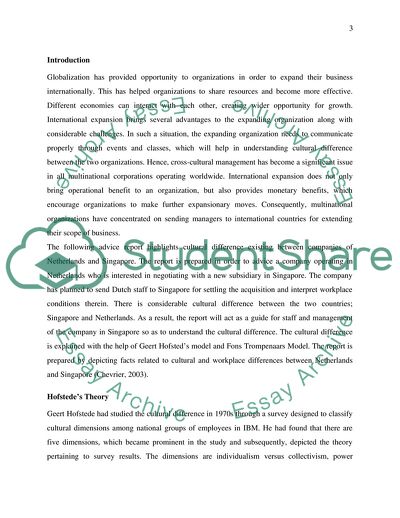Cite this document
(The Cultural Difference of Geert Hofstede's Model and Fons Trompenaars Coursework Example | Topics and Well Written Essays - 1500 words, n.d.)
The Cultural Difference of Geert Hofstede's Model and Fons Trompenaars Coursework Example | Topics and Well Written Essays - 1500 words. https://studentshare.org/macro-microeconomics/1831120-advise-report
The Cultural Difference of Geert Hofstede's Model and Fons Trompenaars Coursework Example | Topics and Well Written Essays - 1500 words. https://studentshare.org/macro-microeconomics/1831120-advise-report
(The Cultural Difference of Geert Hofstede'S Model and Fons Trompenaars Coursework Example | Topics and Well Written Essays - 1500 Words)
The Cultural Difference of Geert Hofstede'S Model and Fons Trompenaars Coursework Example | Topics and Well Written Essays - 1500 Words. https://studentshare.org/macro-microeconomics/1831120-advise-report.
The Cultural Difference of Geert Hofstede'S Model and Fons Trompenaars Coursework Example | Topics and Well Written Essays - 1500 Words. https://studentshare.org/macro-microeconomics/1831120-advise-report.
“The Cultural Difference of Geert Hofstede'S Model and Fons Trompenaars Coursework Example | Topics and Well Written Essays - 1500 Words”. https://studentshare.org/macro-microeconomics/1831120-advise-report.


